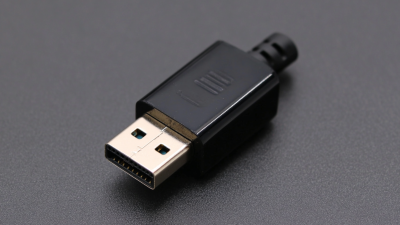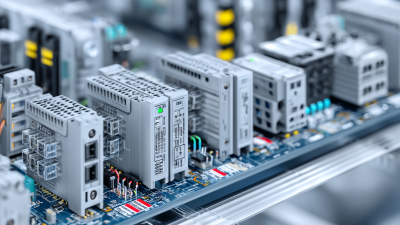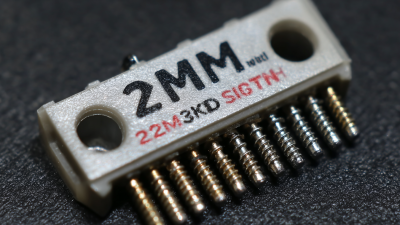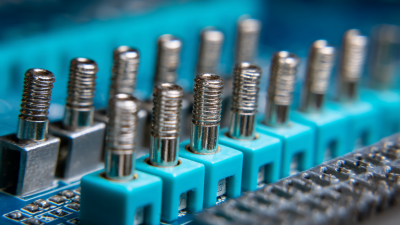


The rapid evolution of connectivity technologies is reshaping the landscape of digital communication, paving the way for unprecedented advancements in efficiency and performance. High Speed Btb technology, characterized by its ability to facilitate data transfer speeds exceeding 100 Gbps, is at the forefront of this transformation. According to a recent report by MarketsandMarkets, the global demand for high-speed data transfer solutions is projected to grow significantly, driven by increasing data center investments and the proliferation of IoT devices. By 2025, the market for high-speed interconnect solutions is expected to reach USD 8 billion, highlighting the critical role of technologies like High Speed Btb in supporting these developments. As industries strive for greater connectivity, the innovative capabilities of High Speed Btb promise to unlock new opportunities, enhance productivity, and drive the next wave of technological progress.

 High-speed BTB (Board-to-Board) technology is revolutionizing connectivity in various sectors, especially in the B2B domain. This innovative technology allows for the rapid and efficient transfer of data between circuit boards, significantly improving communication speed and reducing latency. The application of high-speed BTB technology is crucial for businesses looking to enhance their operational efficiency and streamline processes, especially in industries requiring real-time data processing.
High-speed BTB (Board-to-Board) technology is revolutionizing connectivity in various sectors, especially in the B2B domain. This innovative technology allows for the rapid and efficient transfer of data between circuit boards, significantly improving communication speed and reducing latency. The application of high-speed BTB technology is crucial for businesses looking to enhance their operational efficiency and streamline processes, especially in industries requiring real-time data processing.
In a world increasingly driven by digital transformation, leveraging high-speed BTB technology can provide businesses with the edge they need to thrive. This is particularly relevant as companies turn to B2B e-commerce platforms to optimize their product displays, engage precisely with their target audiences, and enhance logistics capabilities. As businesses adopt advanced technologies, integration with high-speed BTB solutions will enable them to harness data analytics effectively, ultimately facilitating smoother operations and better customer experiences.
High Speed BTB (Board-to-Board) technology is transforming the landscape of modern connectivity by offering enhanced data transfer capabilities for a variety of applications. In telecommunications, the demand for faster and more reliable connections has never been greater. High Speed BTB technology meets these needs by providing lower latency and higher bandwidth, enabling seamless communication in devices ranging from smartphones to advanced networking equipment. This innovation allows telecommunications companies to support the growing trend of high-definition video streaming and real-time data analytics.
Another key application of High Speed BTB technology is in the automotive sector, particularly with the rise of electric vehicles (EVs) and autonomous driving systems. These vehicles rely on intricate sensor networks and high-speed data processing to function effectively. By incorporating High Speed BTB connectors, automotive manufacturers can enhance the communication between various electronic control units (ECUs), ensuring the rapid transfer of critical information for safety and performance optimization. This not only improves the vehicle's functionality but also paves the way for more advanced features in smart transportation systems.
| Application Area | Description | Bandwidth (Gbps) | Latency (ms) |
|---|---|---|---|
| Data Centers | High-speed interconnections for efficient data transfer. | 400 | 1 |
| Automotive | Connecting in-vehicle systems for enhanced functionalities. | 100 | 5 |
| Telecommunications | High-capacity links for 5G infrastructure. | 200 | 3 |
| Consumer Electronics | Wireless high-speed connections for home devices. | 20 | 8 |
| Industrial Automation | Connecting IoT devices for smart manufacturing. | 50 | 2 |
The implementation of high-speed BTB technology is pivotal in today's interconnected world, propelling businesses towards greater efficiency and innovation. This step-by-step guide is designed to streamline the integration process for organizations looking to leverage these advanced connectivity solutions. By focusing on careful planning, businesses can identify their specific communication needs and the technological requirements necessary for a successful rollout.
Firstly, understanding the infrastructures that support high-speed BTB technology is crucial. Companies must evaluate their current systems, ensuring compatibility and robustness to handle increased data loads. This might involve upgrading existing hardware, software, or even considering cloud-based solutions that facilitate quicker data transfers. Additionally, staff training and familiarization with new tools and protocols will help alleviate potential challenges during the transition period, ensuring a seamless integration.
Ultimately, the journey towards high-speed BTB solutions is an investment in the future. Businesses must continuously assess their progress and adapt their strategies to capitalize on these technologies fully. By fostering a culture of innovation and agility, organizations can unlock the vast potential high-speed connectivity offers, enhancing productivity and enabling new avenues for growth.
As the demand for high-speed connectivity continues to rise, Back-to-Back (BTB) technology emerges as a critical player in optimizing performance across various applications. However, implementing BTB technology comes with its own set of technical challenges. One significant issue is signal integrity, where the quality of the signal can degrade due to crosstalk and electromagnetic interference. Ensuring that the signal retains its strength and fidelity over distance is paramount for reliable data transmission.
To address these challenges, engineers are exploring advanced materials and innovative circuit designs. Shielding techniques and differential signaling are being employed to mitigate interference and enhance overall performance. Additionally, the integration of high-performance components that can operate efficiently at higher frequencies is essential. By focusing on these solutions, the BTB technology landscape can evolve to meet the ever-increasing demands for speed and connectivity, paving the way for future advancements in the communication sector.
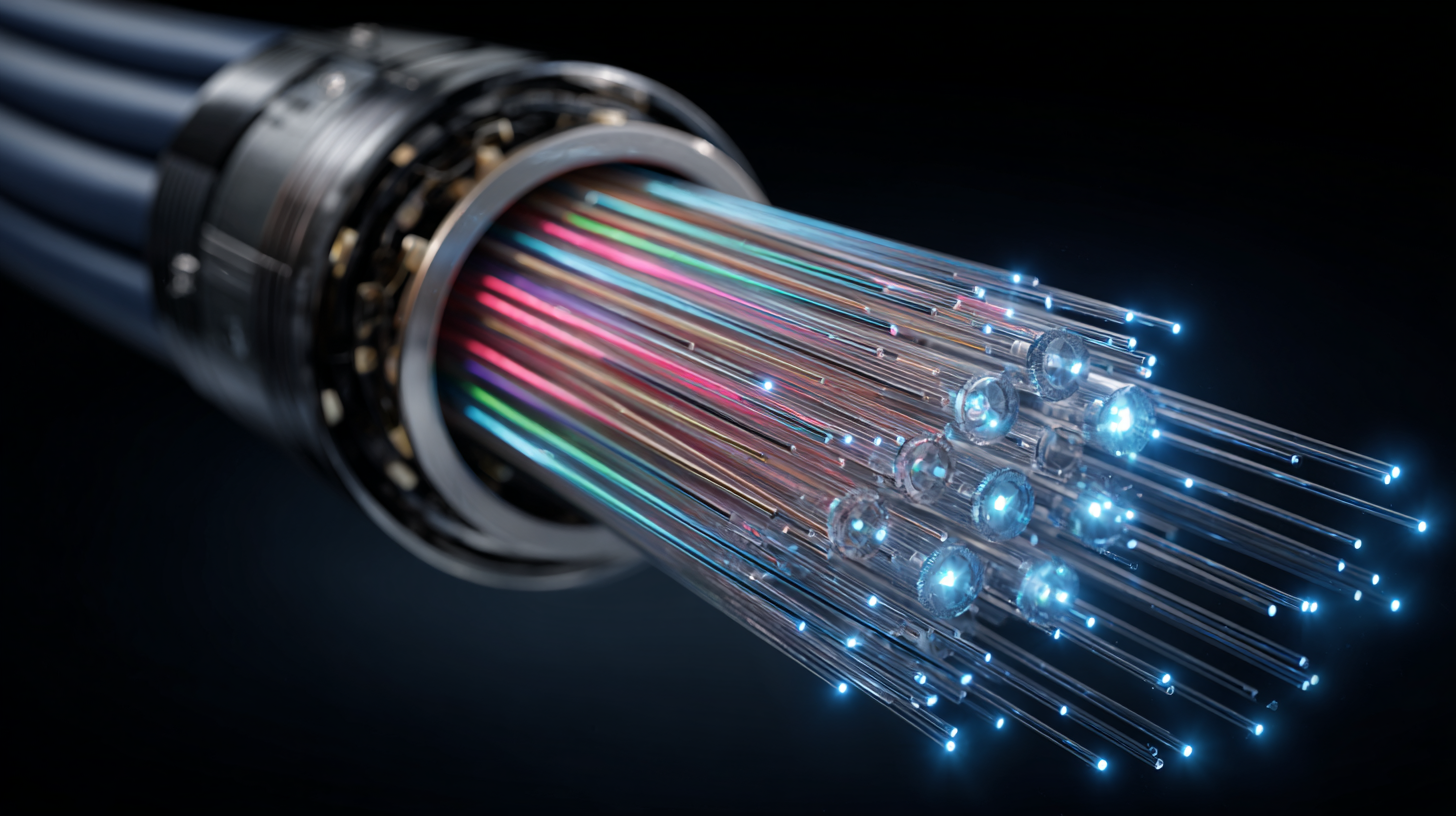
As the demand for high-speed connectivity escalates, the evolution of
High Speed BTB (Board-to-Board) technology is set to become a pivotal aspect of various sectors, driven
by the rise of IoT devices and advanced computing needs. According to a recent industry report by
MarketsandMarkets, the global BTB connector market is projected to reach $X billion by 2025,
growing at a compound annual growth rate (CAGR) of X%. This surge underscores the urgency for
manufacturers to adopt faster and more efficient connection solutions, enhancing data transfer rates while minimizing
energy consumption.
Future trends indicate a significant shift towards higher pin counts and
lower profile designs in BTB connections, accommodating the miniaturization of electronic devices. In
fact, a report from ResearchAndMarkets anticipates that technologies enabling transfer speeds exceeding 25 Gbps
will dominate new product developments in the coming years. This focus on ultra-fast connectivity will drive
innovations across various industries, from telecommunications to automotive, emphasizing the critical role of BTB
technology in modern infrastructure.
Tips: When exploring High Speed BTB options, consider the thermal
management of your design, as increased speeds often lead to higher temperatures. Additionally, ensure
compatibility with existing components to streamline integration processes. Lastly, keep an eye on
regulatory standards as they evolve, to maintain compliance and optimize your technology's market readiness.
